Introducing Chaga Tea, a powerful superfood that has been used for centuries in traditional medicine for its immune-boosting properties. Derived from the birch trees of the Northern Hemisphere, Chaga Fungus is a unique and rare mushroom that is highly valued for its potential health benefits.
Key Features:
- Immune-Boosting Properties: Chaga Fungus is known for its immune-enhancing properties, helping to strengthen the body’s natural defense mechanisms. The bioactive compounds in Chaga Fungus, such as beta-glucans, stimulate the immune system, promoting optimal immune response against harmful pathogens.
- Antioxidant-Rich: Chaga Fungus is one of the richest natural sources of antioxidants. It contains high levels of superoxide dismutase (SOD), which is a powerful antioxidant enzyme that helps neutralize harmful free radicals in the body. This helps to protect cells from oxidative damage and supports overall cellular health.
- Adaptogenic Benefits: Chaga Fungus is classified as an adaptogen, meaning it helps the body adapt to stress and promotes balance. It supports the body’s ability to cope with physical, mental, and environmental stressors, making it an ideal addition to a busy and stressful lifestyle.
- Nutrient-Dense: Chaga Fungus is packed with essential vitamins and minerals, including B-complex vitamins, vitamin D, calcium, iron, and zinc. These nutrients are crucial for maintaining overall health and well-being, supporting healthy immune function, and promoting vitality.
Chaga Tea (Inonotus obliquus) uses:
Chaga Tea (Inonotus obliquus) is available for sale in ground, small chunks, as a Chaga Chai mix, or Chaga Chocolate Mix. We even make Chaga Soap. Chaga is an amazing wild fungi contains significant amounts of antioxidant compounds.
The light vanilla flavour and nutty aroma of wild Chaga tea will help you clear your head and harness that extra energy you need to finish a hectic day (without the caffeine!). Wild Chaga can also be blended with other teas, beverages or enjoyed chilled on a hot day. Wild Chaga Fungi is popular in North America as a super-food. All of the Wild Chaga we sell is hand harvested in an ethical manner from birch trees in Northern Canada.
How do you make chaga tea:
Chaga chunks can be re-used for multiple pots of tea, or if you prefer a stronger flavour, try the ground – the ground change requires straining just like other loose teas. Only a small amount of Chaga is required to make Chaga tea (1/8th of a cup will make 2 liters of brew!). We also use this fantastic fungi in our favourite baking recipes, especially brownies. For an added kickstart to your day check out our Organic Chaga Chai, as well as our gourmet Organic Chaga Chocolate Mix.
Life Cycle of Chaga Mushroom:
Wild Chaga Fungi (Inonotus obliquus) is found in the world’s northern regions. In Canada it can be found growing from coast to coast. This elusive fungi has a unique symbiotic relationship with it’s host the birch tree. Some also call it a parasitic relationship. In some cases Chaga causes its host tree’s eventual death but not always as there are many factors involved. When the host birch tree dies, so does the Chaga growing with it. Once this happens a rare event occurs in which the fruiting body erupts on the trunk of the birch tree. This fruiting body of the Chaga looks nothing like the sterile conk/mycelial mass of Chaga that we collect for tea. Instead, it forms a thick 1-2 inch layer comprised of thousands of tiny spores that blow away in the wind. Insects, other creatures and wind can also carry the spores to new birch trees. Thus the life cycle of Chaga begins once again.
Harvesting Chaga:
To ensure that the entire life cycle of wild Chaga is completed we do not harm the host birch trees with logging spikes (used to climb trees to reach higher Chagas) or cut living trees down to access out of reach chaga. This practice is becoming increasingly common in Canada and in no way does Laughing Lichen support this type of wildcrafting. If you are collecting Chaga in the wild please do not dig deep into the mycelium layer (A fuzzy mass of branching thread-like fungal threads) found between the Chaga conk and the trunk of the tree. Damaging this layer will cause conk will stop growing. If you leave it intact you can usually return to the same tree within 3-5 years to re-harvest more Chaga. As a rule of thumb Chaga specimen’s that are smaller than your fist should be eft to grow and mature on its host tree. Birch trees growing in polluted or contaminated environments should never be harvested.
It is very important to only use Chaga that is collected from unpolluted environments and living birch trees. If you are a mushroom and Fungi lover like us, check out this awesome magazine it has some wonderful scientific based articles about Chaga: FUNGI Magazine
Possible Chaga Tea side effects:
While Chaga Fungus is generally considered safe when consumed in moderate amounts as a dietary supplement or food, like any natural product, it may have potential side effects that you should be aware of:
-
- Allergic Reactions: Some people may be allergic to Chaga Fungus or other mushrooms. Allergic reactions could manifest as skin rashes, itching, swelling, difficulty breathing, or digestive discomfort. If you experience any of these symptoms after consuming Chaga Fungus, discontinue use immediately and seek medical attention.
- Interactions with Medications: Chaga Fungus may interact with certain medications, such as anticoagulants, antiplatelet drugs, and immunosuppressants. It is important to consult with your healthcare professional if you are taking any medications to avoid potential interactions.
- Digestive Issues: In rare cases, Chaga Fungus may cause digestive discomfort, such as upset stomach, diarrhea, or constipation. This could be due to individual sensitivities or excessive consumption. If you experience any digestive issues, consider reducing your intake or discontinuing use.
- Blood Sugar Management: Chaga Fungus has been reported to lower blood sugar levels, which can be beneficial for individuals with diabetes. However, if you have diabetes or are taking medication to manage blood sugar levels, it is crucial to monitor your blood sugar levels regularly and work closely with your healthcare professional to avoid any potential interactions or complications.
- Pregnancy and Breastfeeding: There is limited research on the safety of Chaga Fungus during pregnancy and breastfeeding. It is best to consult with your healthcare professional before using Chaga Fungus if you are pregnant, breastfeeding, or planning to become pregnant.
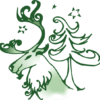
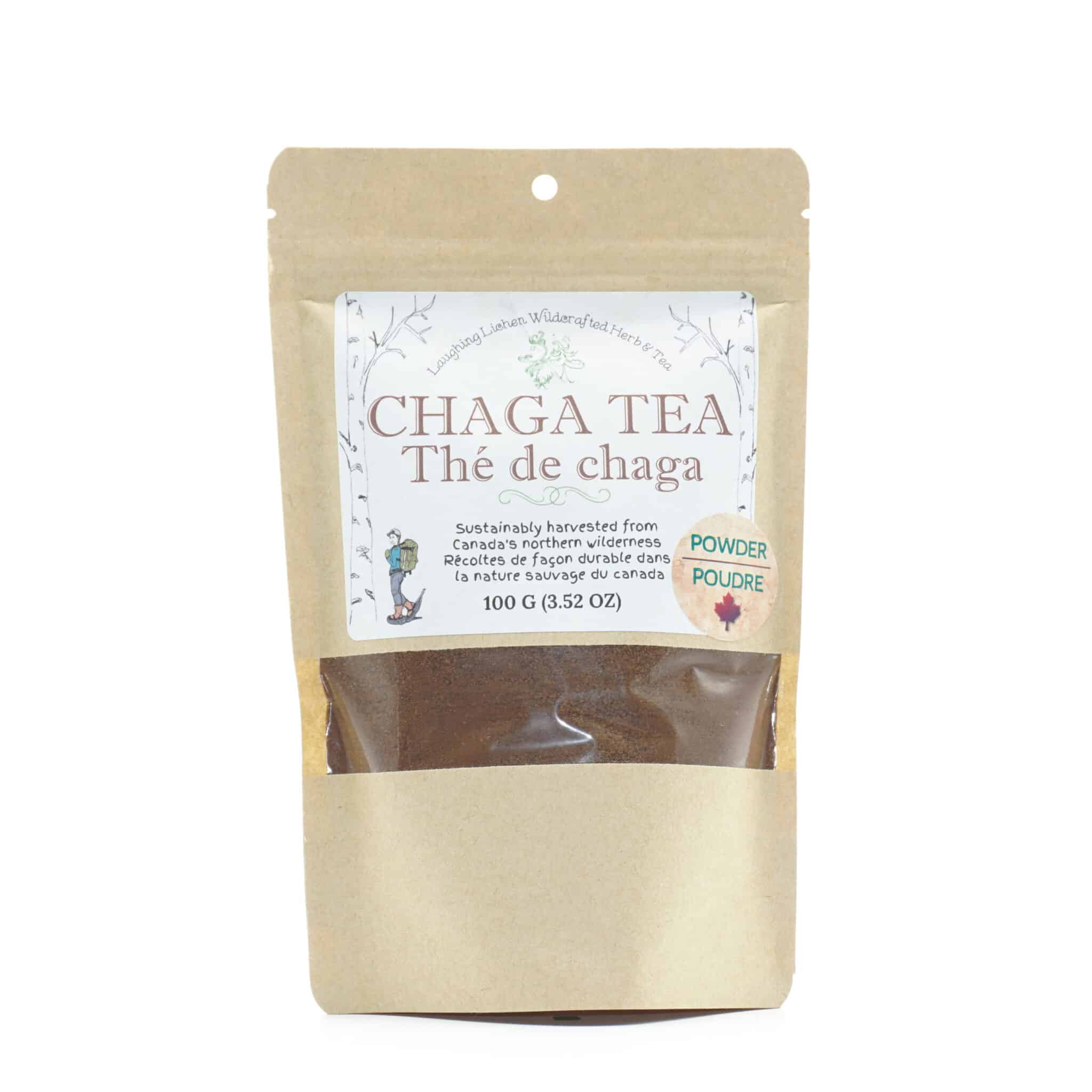
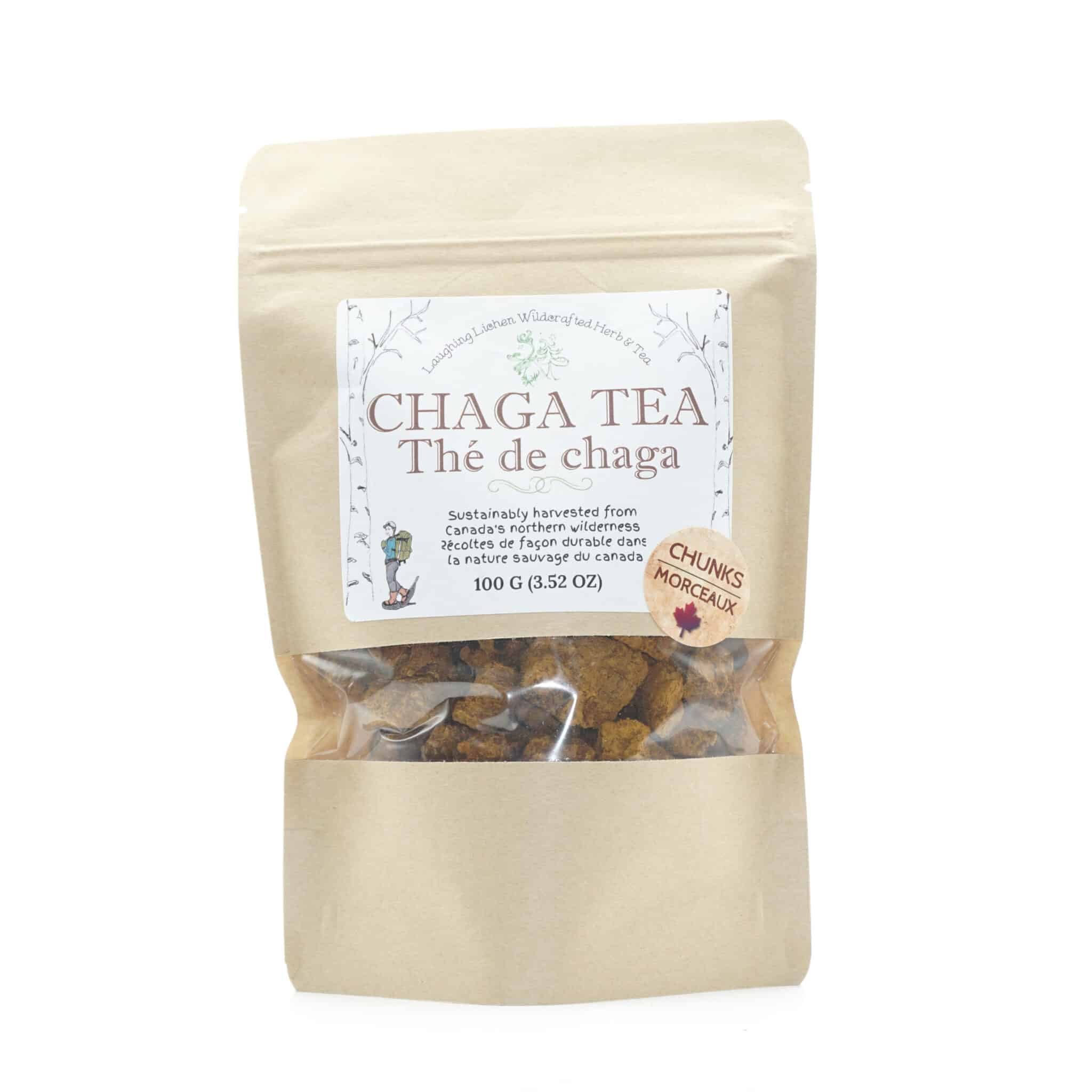
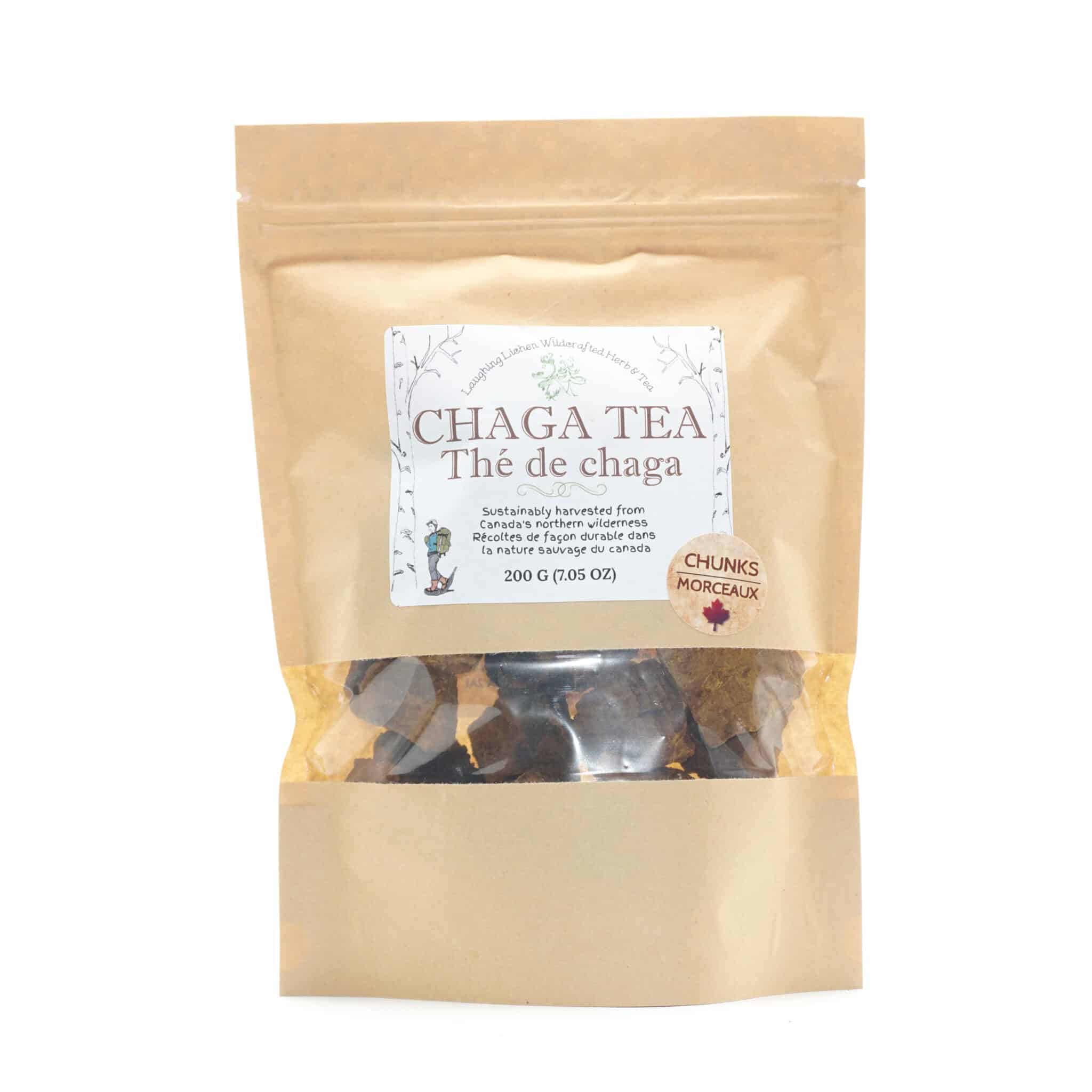
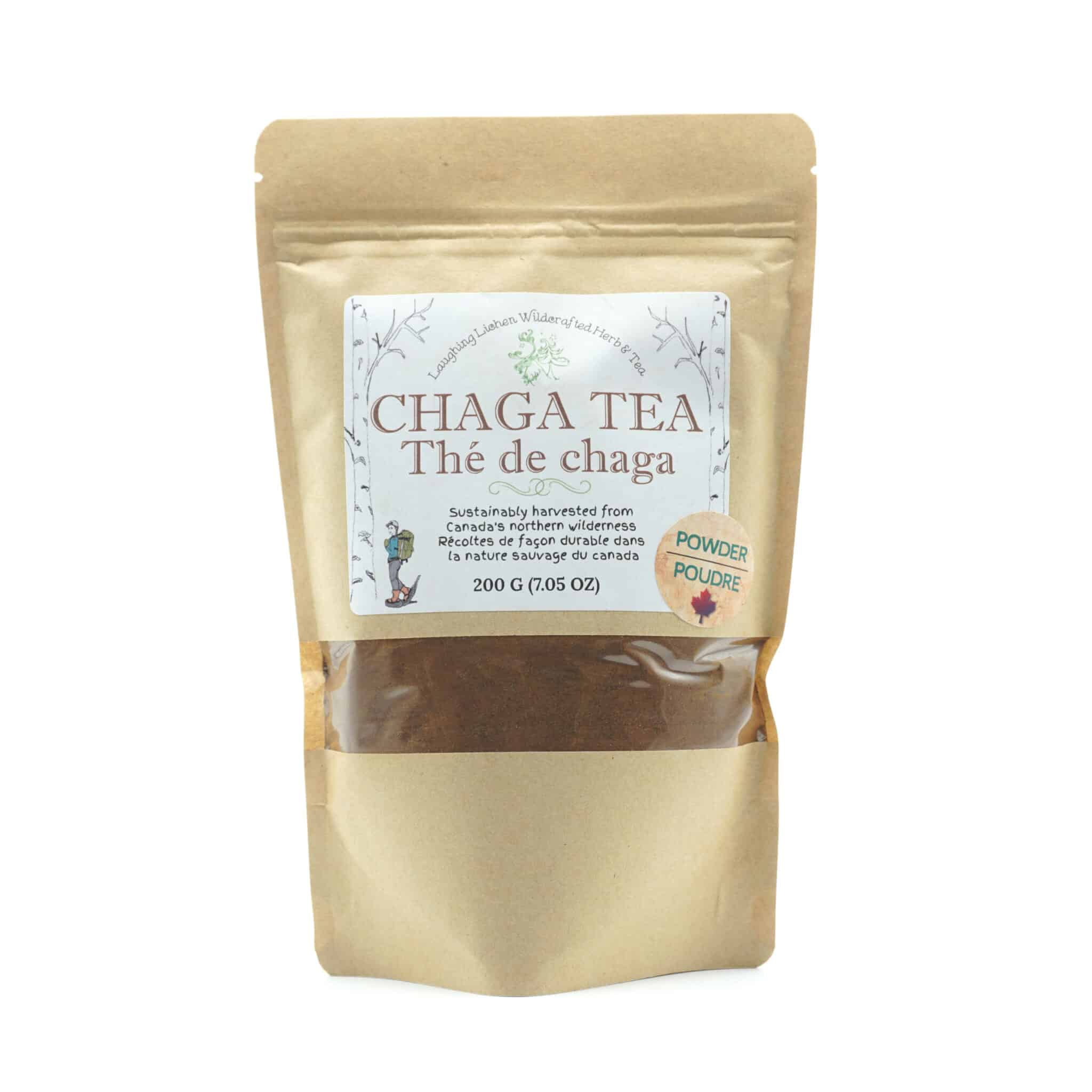
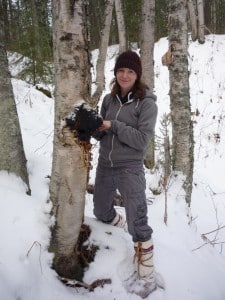
Tanya (verified owner) –
I drink Chaga every day for its health benefits, and this is the best I’ve found. I especially love supporting a Canadian company!
Lisa S. (verified owner) –
Scent is good and feeling the beneficial of chaga tea.
Anonymous (verified owner) –
I have been drinking the tea for a month and it is lovely.
Anonymous (verified owner) –
It was a gift for my mom and her friends in Ontario.
They all love your Chaga products, and one of them said the fungal infection on his foot disappeared after he drank the Chaga tea every day.
Anonymous (verified owner) –
Excellent product.
LEO (verified owner) –
Janette B. (verified owner) –
IRIS M. (verified owner) –
I have given this as a gift, so will know more when they have tried it. I am drinking the Chaga Chai, and it is delicious.
Linda (verified owner) –
I bought this as a gift and the person I gave it to said it was wonderful!
Linda McCullough (verified owner) –
Robyn and Rick H. (verified owner) –
Relaxing tea
Bob M. (verified owner) –
I am very happy with product ,which I use every day. I am also very pleased with the service and the pleasant way that Amy cares in an. Individual way . Bob. M
Amy (store manager) –
Thank you Bob!
Tanya (verified owner) –
I have purchased the Chaga Tea a couple of times now. The quality is excellent. I highly recommend!
Jenn R. (verified owner) –
Excellent quality and flavor
Marlajoy Pollock (verified owner) –
I absolutely love this amazing Chaga. Thanks Laughing Lichen.
Melissa M. (verified owner) –
Great quality
Louise (verified owner) –
Love the chaga powder for making a tea. I also add some of the tea to my morning oatmeal and smoothies. 5 out of 5 star!
Marta Dumka –
This chaga is incredible! I love how great I feel after making myself some tea Thank you and keep up the great work Laughing Lichen!
jj –
Amazing product.After drinking chaga – I have clarity of the mind,energy,strong and flexible muscles and calmness.
How do I prepare chaga chunks:
I use 4 chunks of chaga in pot and add 1 litre of water. Set heating on 5 and after the water boils reduce to minimum setting and cover with the lid. Set for 50min.
After the process is done it will leave 0.5 litre of chaga tea.Let it cool of a bit.
After that I add lemon juice.In other times I mix chaga with oolong tea – they blend nicely.
Cold in Montreal –
The chaga chunks make a lovely rich tea! I was surprised at the full bodied flavor in a herbal style tea. On cold days I suggest also throwing in a dash of grated ginger as it boils to give it a fiery touch!
admin (store manager) –
Kate says:
August 21, 2013 at 4:14 pm
Hello 🙂
I would like more specific information about your processing methods please (hot water/extraction/fermentation), and the quantity of each of the medicinal ingredients.
Thank you.
Kate.
Reply
Amy says:
September 3, 2013 at 11:17 pm
Hi Kate
The chaga we sell is 100% wildcrafted chaga. The medicinal properties of this amazing fungi can be extracted via hot water extraction, with alcohol or glycerin(for tinctures). I make a large batch of tea each week for daily enjoyment. For an alcohol extraction I recommend 100 proof or preferably higher alcohol content vodka for your tincture. For chaga in baking I simply simmer a very fine grind(coffee grinder works great) of chaga in hot water(15 min) then add butter or coconut oil and heat on low for 20 min. The mixture is then added to my recipes such as brownies of cookies etc. If you have further questions please feel free to email or give me a call. A publication which has some great recipes with exact amounts specifically for chaga recipes is called “Chaga, King of the Medicinal Mushrooms, By David Wolfe.
Reply
admin (store manager) –
matthew allen says:
July 4, 2013 at 3:46 pm
How is your chaga dried?
Thank you!
Reply
Amy says:
August 19, 2013 at 2:55 pm
Hi Matthew
Our Chaga is air dried and occasionally dried in an Excalibur Food dehydrator.